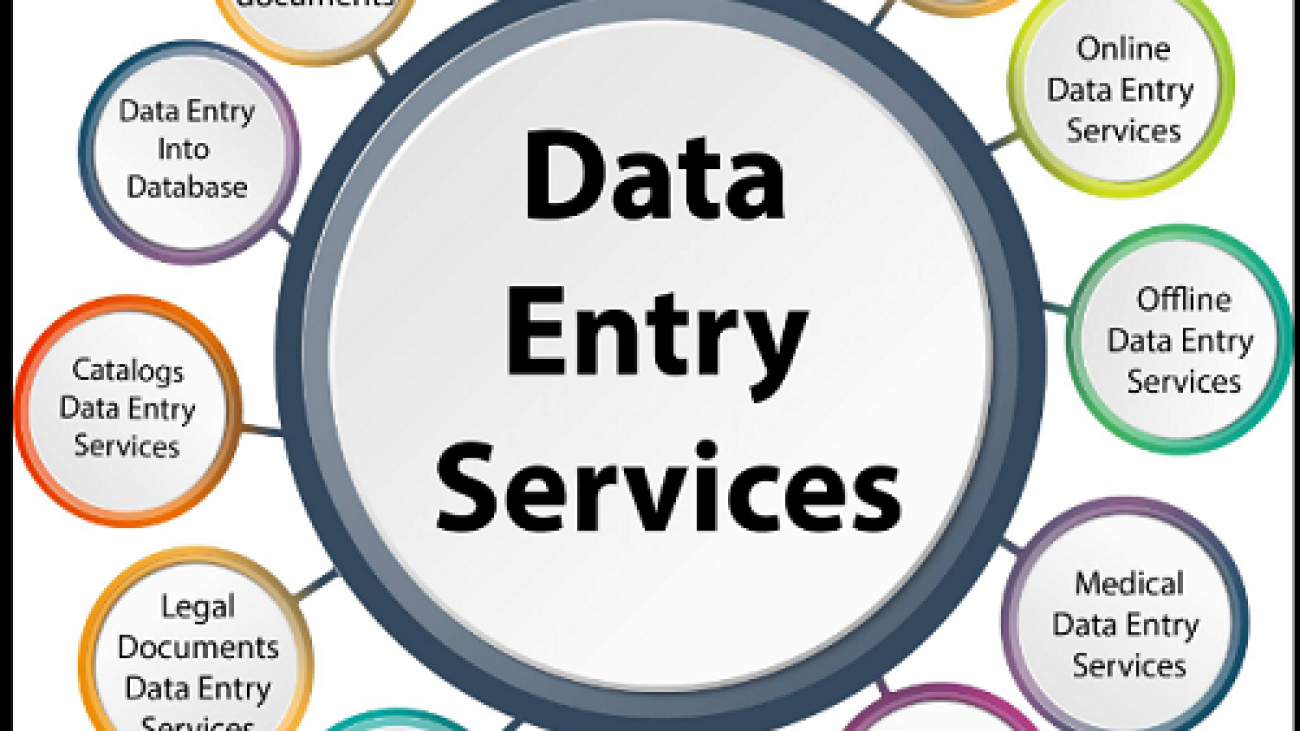Check out our replica watches selection for the very best in unique or custom, handmade pieces from our watches shops.
What is Data Entry ? An In-Depth Look at the Basics and Beyond
In the digital age, where data has become the backbone of decision-making, It plays a critical role in managing and processing information. But what exactly is data entry, and why is it so important? This blog delves into the world of it, exploring its definitions, types, significance, and the skills required to excel in this field.
Understanding Data Entry
Data entry refers to the process of inputting, updating, or maintaining data in a computer system or database. This can involve entering data from physical documents, such as paper forms or hand written notes, into digital formats, or updating existing digital records. The data can range from simple text and numerical values to complex information like financial records, inventory lists, customer databases, and more.
It is often viewed as a basic task, but it is a fundamental part of many business operations. Without accurate and timely data entry, organizations would struggle to keep track of critical information, leading to errors, inefficiencies, and potential financial losses.
Types of Data Entry
Data entry can be categorized into several types, depending on the nature of the data and the methods used for input such as:
- Manual :
- This involves manually typing or copying data from one source to another. It is often used when the data is in a non-digital format, such as paper documents or scanned images. Manual data entry requires a high level of accuracy and attention to detail to avoid errors.
- Automated :
- Automated data entry uses software tools to automatically extract and input data from digital sources. This can include optical character recognition (OCR) technology, which converts scanned documents into editable text, or data scraping tools that extract information from websites. Automated data entry is faster and reduces the risk of human error, but it requires specialized software and technical know-how.
- Online :
- Online data entry involves entering data into web-based systems or databases. This can include updating records in cloud-based CRM systems, entering product details into e-commerce platforms, or filling out online forms. Online data entry is common in remote work environments and often requires familiarity with specific software applications.
- Data Cleaning:
- Data cleaning, or data scrubbing, is a specialized form of data entry that involves reviewing and correcting data to ensure its accuracy and consistency. This can include removing duplicate entries, correcting typos, and standardizing formats. Data cleaning is essential for maintaining the integrity of databases and ensuring that data-driven decisions are based on accurate information.
The Importance of It
Despite being a seemingly straightforward task, data entry holds significant importance for several reasons:
- Accuracy in Decision-Making:
- Accurate data is crucial for informed decision-making. Whether it’s financial forecasting, market analysis, or customer relationship management, organizations rely on precise data to make strategic decisions. Poor data can lead to errors in reports, misinformed decisions, and ultimately, financial losses.
- Efficiency in Operations:
- Efficient data entry ensures that information is readily available and up-to-date, enabling smooth business operations. For example, accurate inventory data helps companies manage stock levels effectively, preventing both overstocking and stockouts. Similarly, accurate customer data is vital for providing personalized service and maintaining strong customer relationships.
- Compliance and Reporting:
- Many industries are subject to regulations that require accurate data reporting. Inaccurate or incomplete data can result in non-compliance, leading to legal penalties and reputational damage. It ensures that organizations meet regulatory requirements by maintaining accurate records.
- Data Security:
- Proper data entry practices also contribute to data security. By maintaining organized and accurate records, organizations can better protect sensitive information and reduce the risk of data breaches. Additionally, automated entry systems often include security features that help safeguard data.
Skills Required for It
While entry may seem like a simple task, it requires a specific set of skills to perform effectively:
- Attention to Detail:
- Accuracy is paramount in data, making attention to detail a critical skill. Small errors can have significant consequences, so It professionals must be meticulous in their work.
- Typing Speed and Accuracy:
- Fast and accurate typing is essential for efficient data entry. Many data entry jobs require a minimum typing speed, often measured in words per minute (WPM). Accuracy is equally important, as even a high typing speed is of little use if it results in frequent errors.
- Familiarity with Software Tools:
- Data entry professionals need to be proficient with various software tools, including word processors, spreadsheets, and specialized it applications. Familiarity with database management systems (DBMS) and OCR software can also be beneficial.
- Time Management:
- Data entry tasks often come with tight deadlines, so strong time management skills are essential. Professionals must be able to prioritize tasks and work efficiently to meet deadlines without sacrificing accuracy.
- Basic Analytical Skills:
- In some cases, it involves more than just inputting data; it may also require basic analysis to identify patterns or inconsistencies. Analytical skills help professionals recognize and correct errors, ensuring data accuracy.
The Future of It
As technology continues to evolve, the field of it is also changing. Automation and artificial intelligence (AI) are increasingly being used to handle repetitive it tasks, reducing the need for manual input. However, human oversight remains crucial, particularly for tasks that require judgment, such as data cleaning and validation.
In the future, it professionals may find themselves working more closely with advanced technologies, such as machine learning algorithms and robotic process automation (RPA). These tools can help streamline it processes, allowing professionals to focus on higher-value tasks that require critical thinking and problem-solving.
Conclusion
It is a fundamental aspect of modern business operations, serving as the foundation for accurate data management and decision-making. While it may appear to be a straightforward task, effective entry requires a combination of technical skills, attention to detail, and time management. As technology continues to advance, the role of it professionals will evolve, but their importance in ensuring data accuracy and efficiency will remain undiminished.

